As a high school teacher for over 13 years, Amy Howland knows the importance of bringing real-life experiences into the classroom. So the Connecticut-based educator decided to take a trip to the U.S.-Mexico border in order to get a first-hand look at the complexities surrounding immigration and how it impacts the broader community.
"I felt as though I could use the experience to enhance my courses," Howland, who primarily teaches history, told GOOD.
So she turned to World Leadership School (WLS), an organization that coordinates programs around the world in order to bring unique perspectives to global travel, classroom learning, and community engagement.
Howland and a group of fellow educators traveled to El Paso, Texas to get a unique and humanizing view of immigration, exploring both sides of the issue.
Because of its history, El Paso represents a fascinating window into the complexities of the U.S.-Mexico border – and, in fact, the complexity of many international borders around the world. The nearly 2,000-mile stretch between the United States and Mexico sees 350 million legal crossings annually, making it the busiest in the world, according to WLS. The more remote areas see another estimated 500,000 illegal entries, and the U.S. government is ramping up efforts to better secure the border and pass immigration reform.
While the debate over U.S. immigration rages on, a tight-knit community of government and nonprofit agencies continue to adapt to the changes of migration over the border.
In order to thoroughly explore the topic and gather data to develop classroom lesson plans, Howland and her fellow travelers were able to speak with Border Patrol, discuss immigration with previously undocumented people, meet with a doctor who has established rural health clinics on the outskirts of Juarez, learn from advocates from the Anapra community in Mexico, and sit in on a case docket at the U.S. District Court in Las Cruces.
Howland spoke with GOOD about her experience at the border and how she's implementing what she learned into her everyday life.
GOOD: What was the experience like?
Amy Howland: It was really powerful. It helped to open my eyes to things that I had not realized, like the impact that immigration policies had on legal communities of people of Mexican ancestry in terms of increased racial profiling and the fact that immigration can act as police within the 100-mile border. It was incredibly interesting and a little overwhelming to begin to understand the complexity of the issues. We spoke with a judge, border patrol, migrants, lawyers, ACLU, nonprofit workers; really so many different people.
What moments stood out to you the most?
It became so clear why the U.S. cannot come to a consensus on immigration policy, (not that I don't believe they can). There are just so many different stakeholders. And every policy decision has complex ripple effects. It became so clear that teaching this subject would not be easy and I would have to be careful to accurately represent as many perspectives as possible.
What were your key takeaways from the experience?
I think one of the biggest takeaways came on the first day of the trip. The director of the center for migrant workers said something to the effect of how important it was to not view the migrants as victims although that is what the media is portraying them as, especially as we see so many images of children in cages and people sleeping under bridges. Rather, we should admire and respect migrants. They understand fully the risks that they are taking to make the journey here. Yet, they do it anyways because they believe that the risk is worth it. Whether it be to provide a better life for their family or escape persecution. It is incredibly brave to make the journey not knowing what the future will hold. That helped to shift my perspective so that when we spoke to other migrants and listened to their stories, I could see their humanity and courage. In fact, it is in taking the risk to enter the country legally or otherwise, that migrants are expressing their humanity. They are making a statement that they are human and they deserve dignity to work and to live without fear.
How have you implemented what you learned in your everyday life?
Upon my return I wrote a unit on immigration that examined first the global context of the migrant crisis and then took a deeper dive into the history of immigration policy in the United States. It ended with a dialogue/debate on U.S. immigration policy and then a persuasive essay. I made sure that each of the lessons I developed for the unit had an objective to develop empathy, to see migrants as more than statistics, rather to portray them as human beings who are attempting to realize their human rights. Beyond teaching, I have tried to share my experience with family and friends. I can help to provide greater context to discussions on immigration…the trip definitely inspired in me the desire to connect more with immigrant communities, to listen more to their stories.
What would you tell people who are thinking about considering the program?
I enjoyed that it was not a politicized trip. No one told me how I should think about the issue. Instead I was presented with a variety of perspectives and allowed to draw my own conclusions. It was incredibly valuable, and while I do not expect that as a country, we will come to a consensus on immigration anytime soon, I developed a deep admiration for folks that are on the ground working with this issue every day.
Interested in this type of program? Let us know by answering the poll below. Learn more about World Leadership School and their programs by visiting www.worldleadershipschool.com
*GOOD is in partnership with World Leadership School















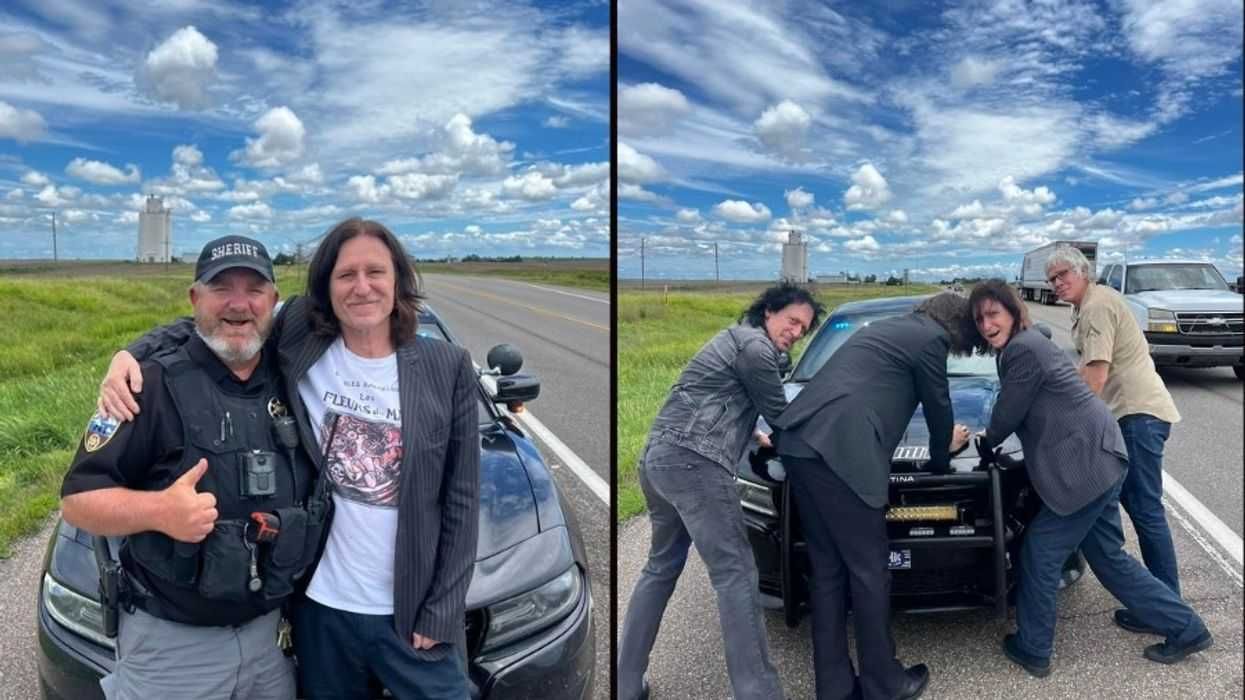
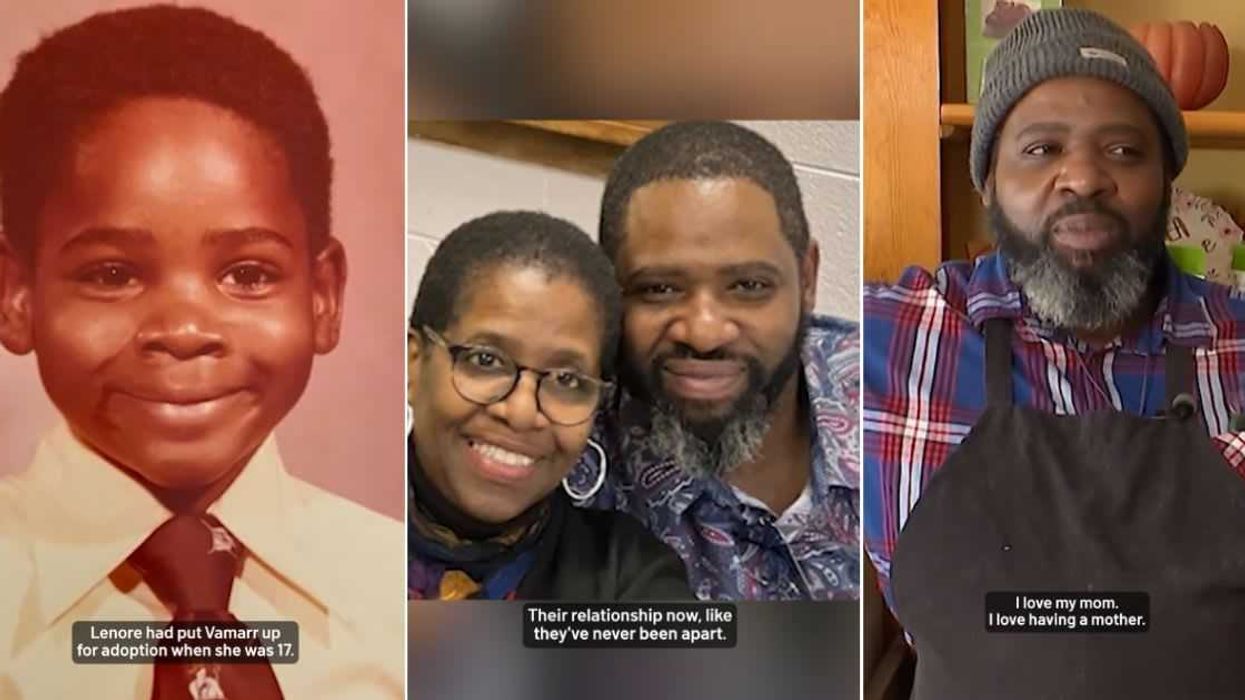
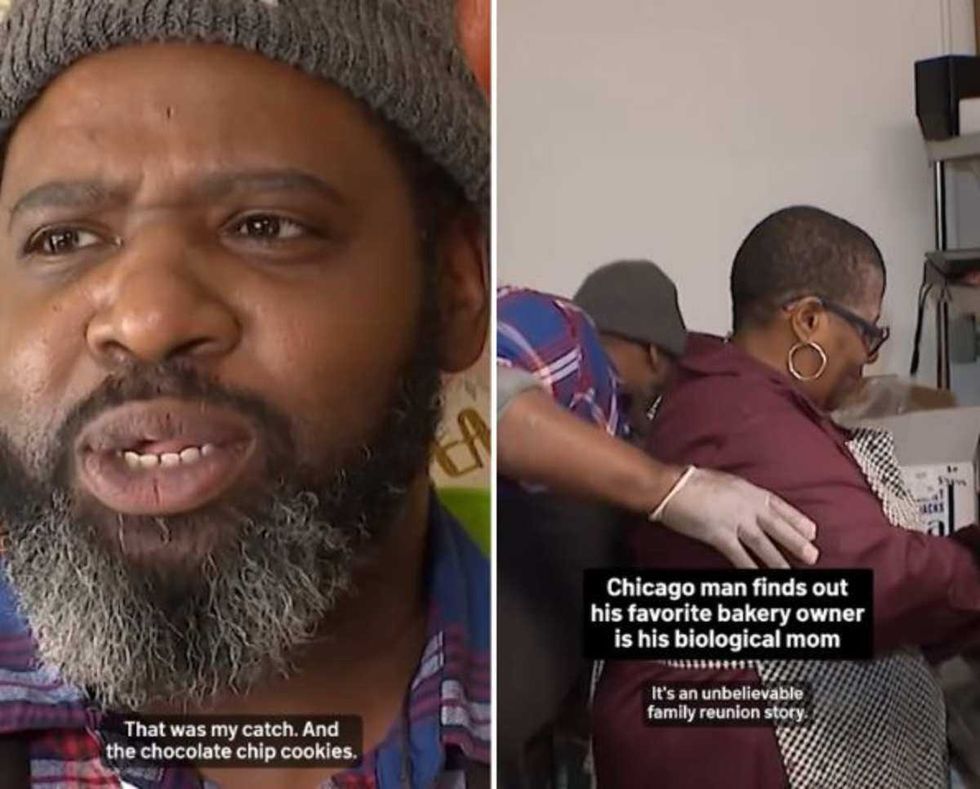 Screenshots of the man talking to the camera and with his momTikTok |
Screenshots of the man talking to the camera and with his momTikTok | 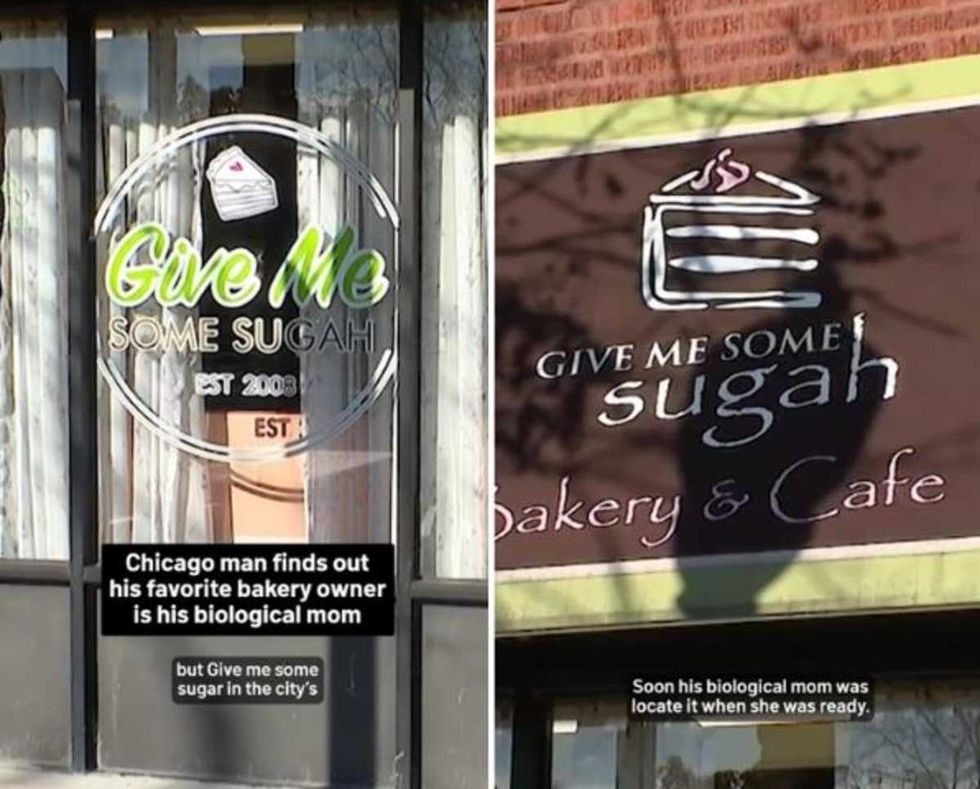 Screenshots of the bakery Image Source: TikTok |
Screenshots of the bakery Image Source: TikTok | 
 A woman hands out food to a homeless personCanva
A woman hands out food to a homeless personCanva A female artist in her studioCanva
A female artist in her studioCanva A woman smiling in front of her computerCanva
A woman smiling in front of her computerCanva  A woman holds a cup of coffee while looking outside her windowCanva
A woman holds a cup of coffee while looking outside her windowCanva  A woman flexes her bicepCanva
A woman flexes her bicepCanva  A woman cooking in her kitchenCanva
A woman cooking in her kitchenCanva  Two women console each otherCanva
Two women console each otherCanva  Two women talking to each otherCanva
Two women talking to each otherCanva  Two people having a lively conversationCanva
Two people having a lively conversationCanva  Two women embrace in a hugCanva
Two women embrace in a hugCanva 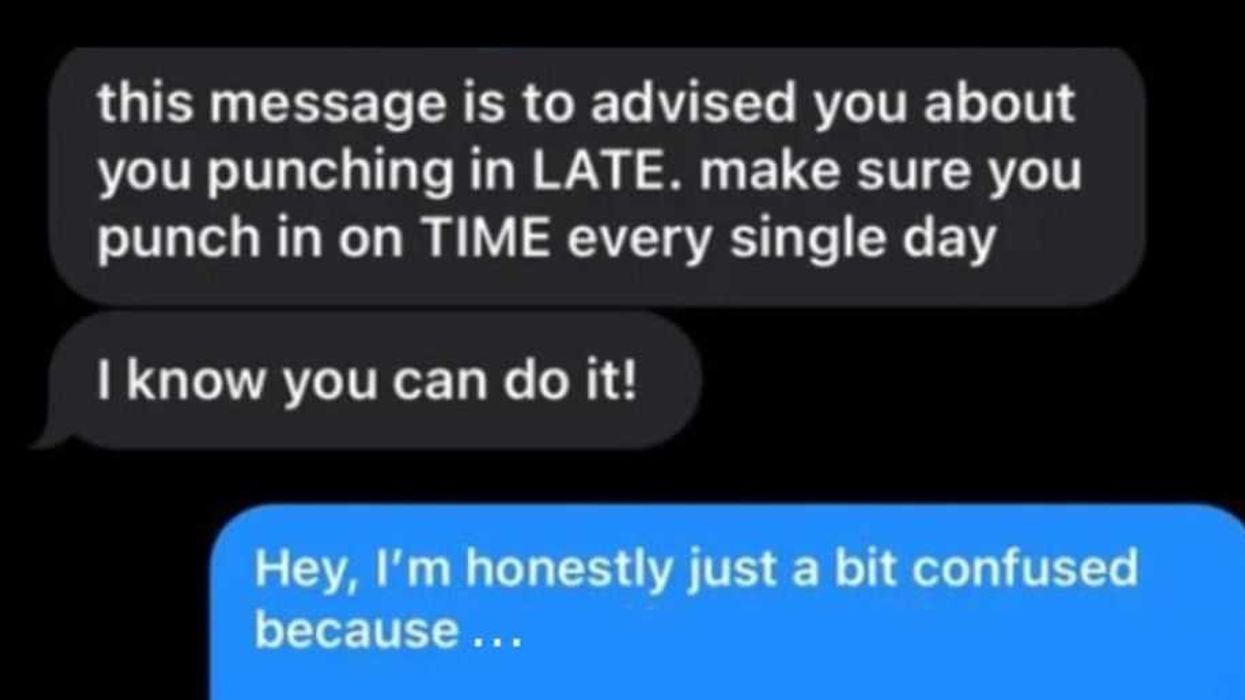
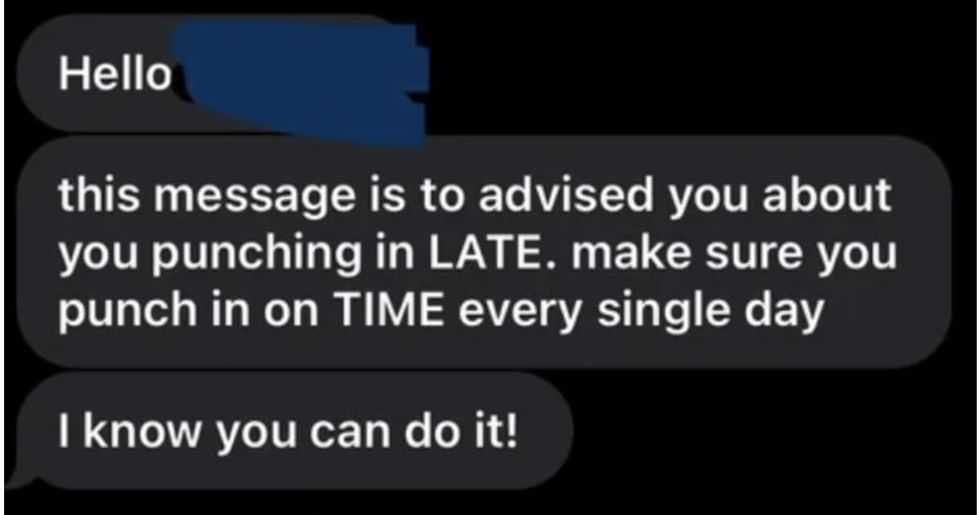 A reddit commentReddit |
A reddit commentReddit |  A Reddit commentReddit |
A Reddit commentReddit | 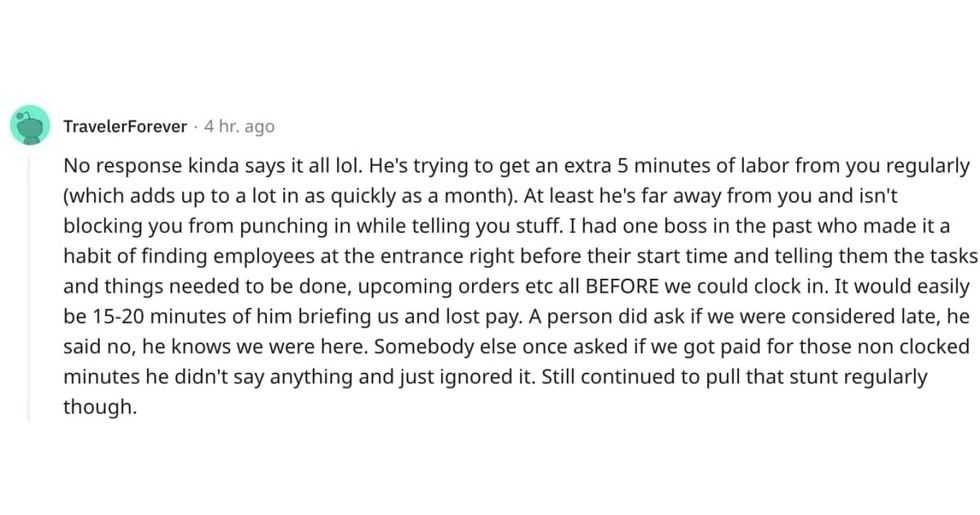 A Reddit commentReddit |
A Reddit commentReddit |  Stressed-out employee stares at their computerCanva
Stressed-out employee stares at their computerCanva
 Who knows what adventures the bottle had before being discovered.
Who knows what adventures the bottle had before being discovered. 
 Gif of young girl looking at someone suspiciously via
Gif of young girl looking at someone suspiciously via 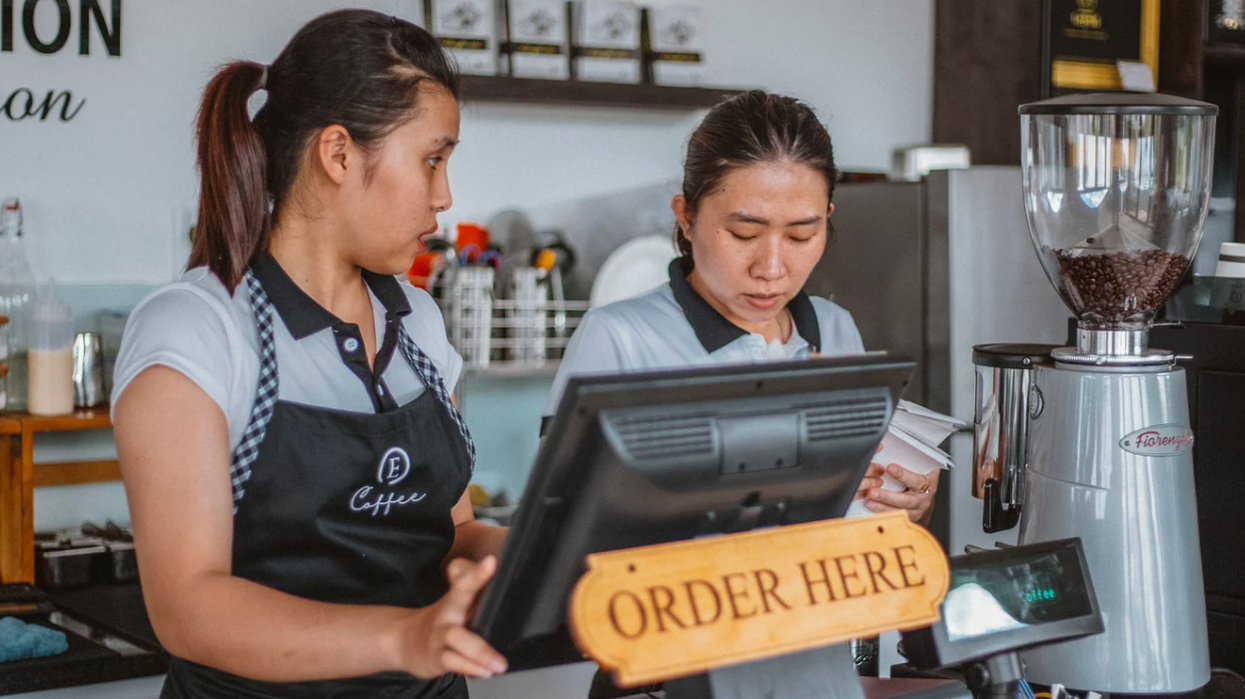

 A bartender makes a drinkCanva
A bartender makes a drinkCanva